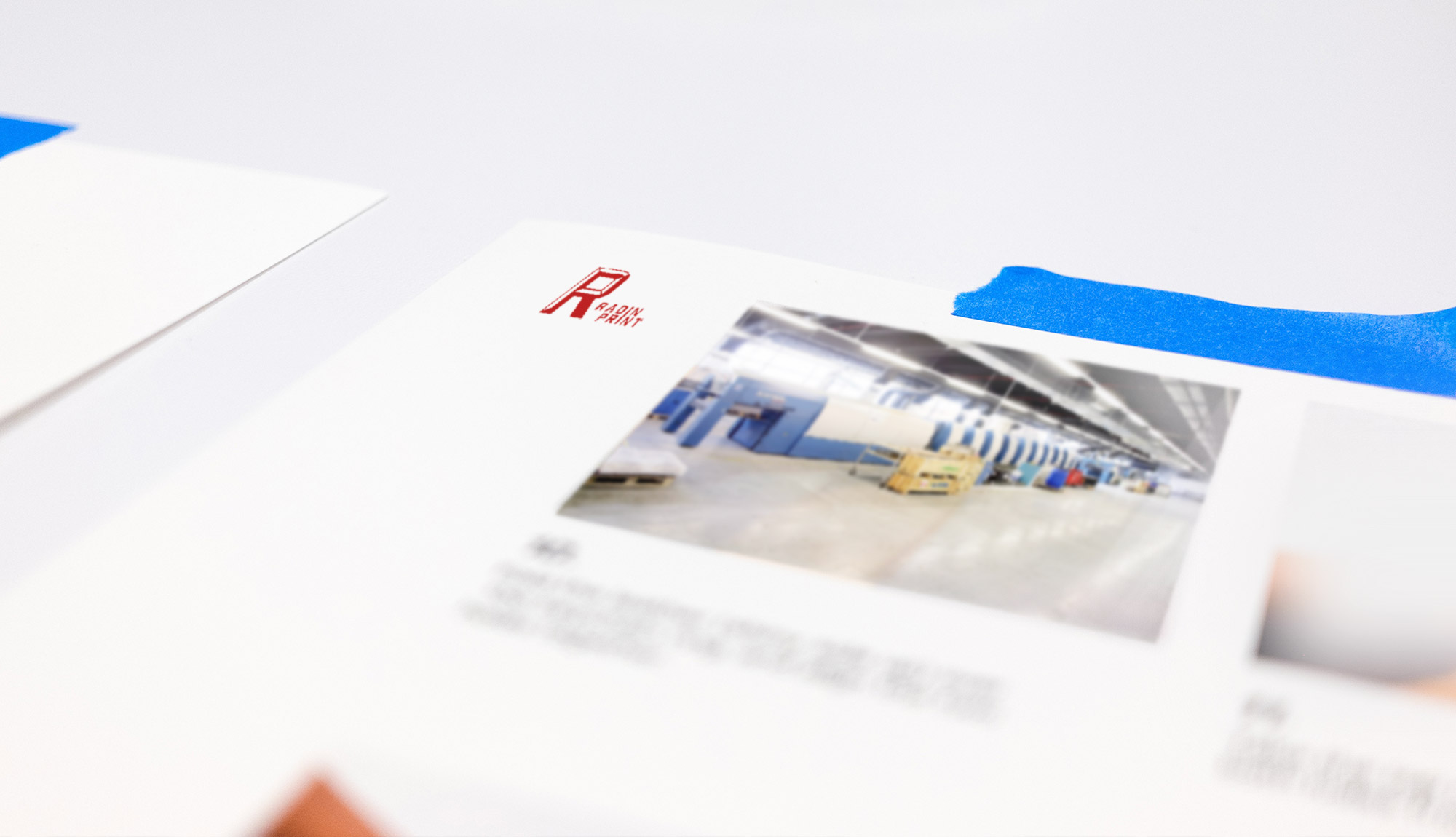MONITOR CALIBRATION
It is recommended to have calibrated monitors on which a
prepress layout is made to have the closest possible
presentation of the print on the monitor. When viewing finished
PDFs in Adobe Acrobat, you must select the appropriate
simulation profile in the Output preview option for the printed
paper. Simulation presentation
of PDFs in print
APPLICATION OF STANDARDS AND MAKING TRIAL PRINTING
In its printing process, Radin print follows ISO
standard 12647 which ensures the best quality
reproduction of a digital record into a print record.
We also
prepare a certified color proof that gives the closest
simulation of what a print will look like on a specific type of
paper.
ELECTRONIC APPROVAL OF PROCESSED DOCUMENTS
We offer the option of electronic approval of pages through the
Internet. Instructions for web approval of materials through the
Web Approval online portal - See - Delano Instructions
TOTAL INK COVERAGE AND APPLICATION OF COLOR MANAGEMENT
One of the key factors in developing a quality pre-press layout
is the total ink coverage on the sheets, the so-called
Total Area of Ink Coverage or
TAC. Maximum ink coverage is the sum of the
percentages of which the color consists. That means that 100% of
all the basic colors in CMYK amounts to 400% (cyan 100% +
magenta 100% + yellow 100% + black 100% = 400%). Such a surface
greatly disrupts print quality because the maximum ink coverage
in a print is affected by the drying of a color, which is the
combination of penetration, oxidation and evaporation. Because
of that, the quality of drying depends on the time of drying and
on the type and quality of the printing surface. To avoid a
deterioration in print quality due to an excessive layer of
color, the maximum percentages of the total ink coverage are
determined by paper types. See the ValuesFor more information,
download the information in Profiles
The application of appropriate profiles in processing images
and preparing pages ensures a quality reproduction in print. For
that reason, it is necessary to set the appropriate settings of
"Color Management" in the image processing program "Photoshop"
before the development of the pre-press layout. Color Settings for Photoshop
To ensure that all the programs used for preparing pages have
identically set "Color Management" options, it is necessary to
check if the settings are synchronized (highlighted in red color
in the presentation of the settings for "Coated v2"). The
simplest way to do this is to activate the desired Color setting
in the Adobe Bridge program, which will automatically
synchronize all of the Adobe programs in the same way. Bridge settingsYou can
download the profiles in - Profiles
VISUAL CONTROL OF DOCUMENTS BEFORE SENDING THEM TO THE PRINTER
After the PDFs are prepared, we recommend that you check them
visually before sending them to the printer. You can do this by
using Adobe Acrobat Professional with the "output preview"
option turned on in CMYK and with the appropriate ICC profile
selected.
CREATING ADDRESSING BASES
To have a well-prepared addressing base, you should observe the
following rules: Reduce the font to 8 typographical
points.
Use only one type of font without additional signs,
such as quotation marks, etc.
A column must not contain more
than 40 characters.For the postal code column, check that there are only numbers in the columns. If there are any letters, they should be deleted.
The order of the columns is: company code, company name, person's name and surname, address, city, postal code.See the Example
In case the addresses are printed directly onto the magazine, the free space for addressing should be in the same position for every edition of the magazine, set away from the spine, and the format of the addressing space should be 100x50 mm (depending on the amount of text and the number of lines).
